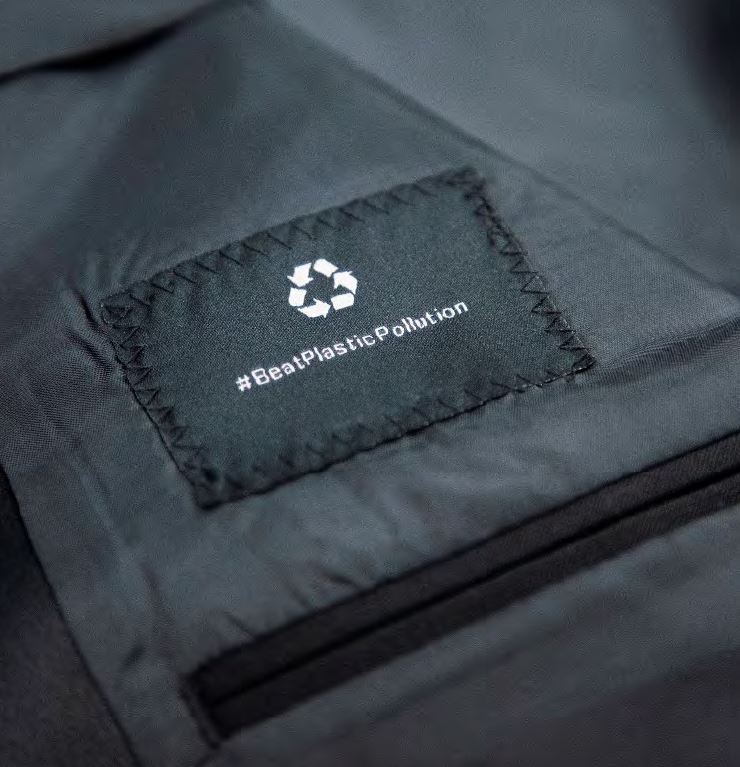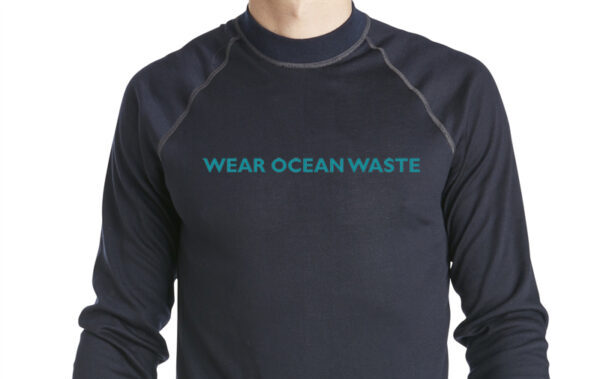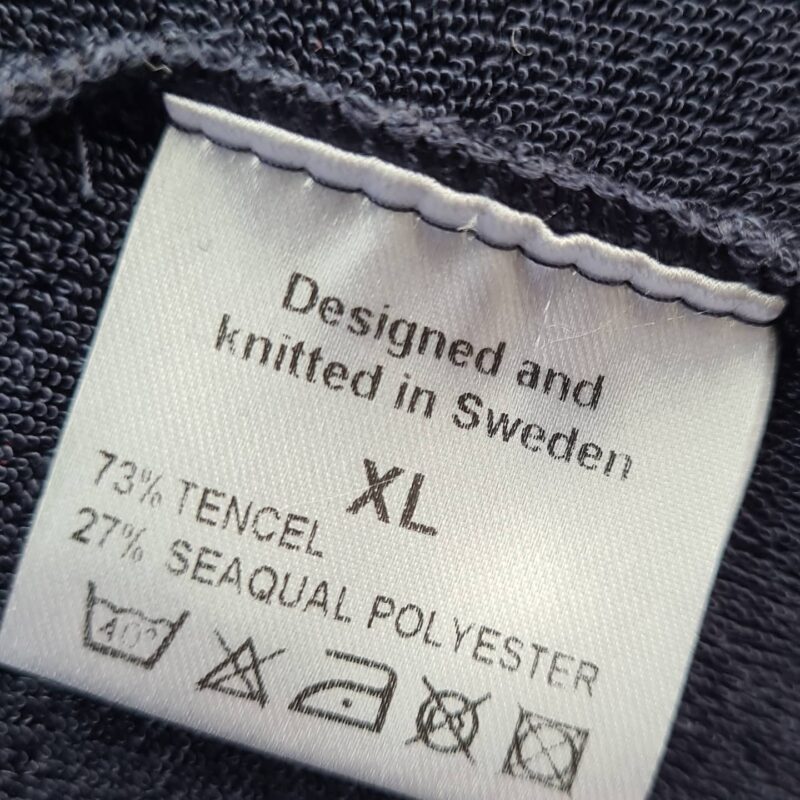I received the above question from Robert Sabelström, Founder of ClimateHero on a LinkedIn discussion yesterday based on a question from Andrea Licata, Ph.D regarding microplastic . You can find the whole thread here if you are interested
I will be posting aa short and sexy answer on LinkedIn but since LinkedIn isn’t the forum to go “Full Sustainable Textile Nerd” I will keep the answer short and sexy, and refer to this post for those who are interested in the reasoning behind Reparell…. First of all we agree with anyone who says that Polyester (plastic) is probably the worst material in the world; however we need to also accept that Polyester (plastic) is one of the best materials in the world. •
- Virgin Plastic is made from crude oil (fossil raw material). The monetary cost of producing it is low, but the environmental cost is high.
- Polyester is a fantastic material when making apparel. It is light, cheap, durable and easy to work with.
- As long as the plastic product is kept in a closed loop and recycled when it cannot be repaired, you can argue that plastic is sustainable due to its durability.
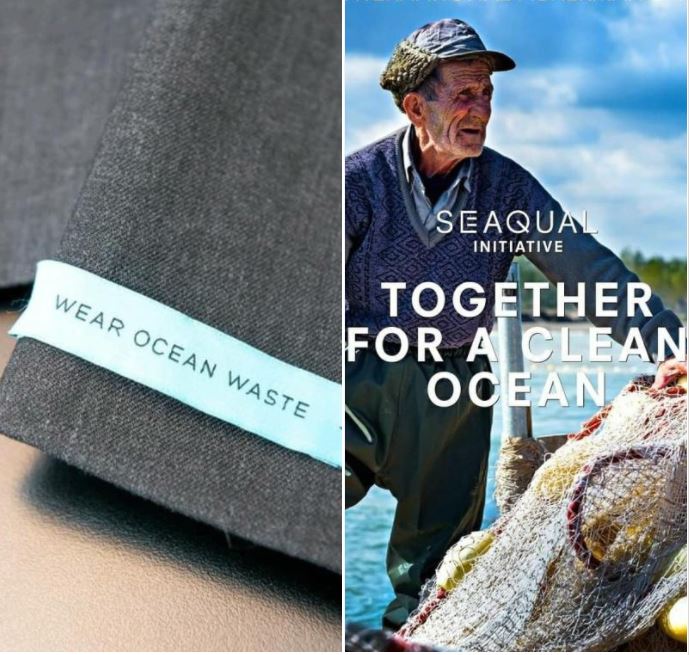


Reparell was brought about by a realization that while most industries were using vast resources on research and development; always looking for ways of making a better product/service; the majority of the textile players were mainly focusing on finding countries to produce their goods more cheaply, often at a cost to the environment.
Unfortunately there are no governmental incentives in place to nudge the industry in the right direction. Over the last few years we have seen some of our customers such as Liseberg setting the standard for sustainability higher than necessary for the benefit of their own brand. Liseberg Is still amongst my favorite companies as to Sustainability Follow this link to read about their latest apparel Tender: Never been prouder to Loose
There are some sustainable warriors such as Pär Larshans and Ragn Sells; companies and individuals who are advocating that, for example, governmental tenders should be adapted so that companies working with sustainable business ideas (such as local production, recycled or more modern materials) have a chance to compete with the older established companies.
At Reparell we don’t wait for the world or the process to be perfect. We work with agility; we are doing as much good as we can today. Process is not Religion. If we find a more sustainable material or production routine tomorrow then we will switch.
We strongly believe that The Swedish West Coast would NOT have been the leading hub for development and digitalization of industries within IT, Automotive, Electrification, and Engineering if it wasn’t for a curious mindset and acceptance of the fact that we can never produce anything cheaper than foreign producers. And yet we have led the pack by being New, Better, Safer, Modern, Sustainable.
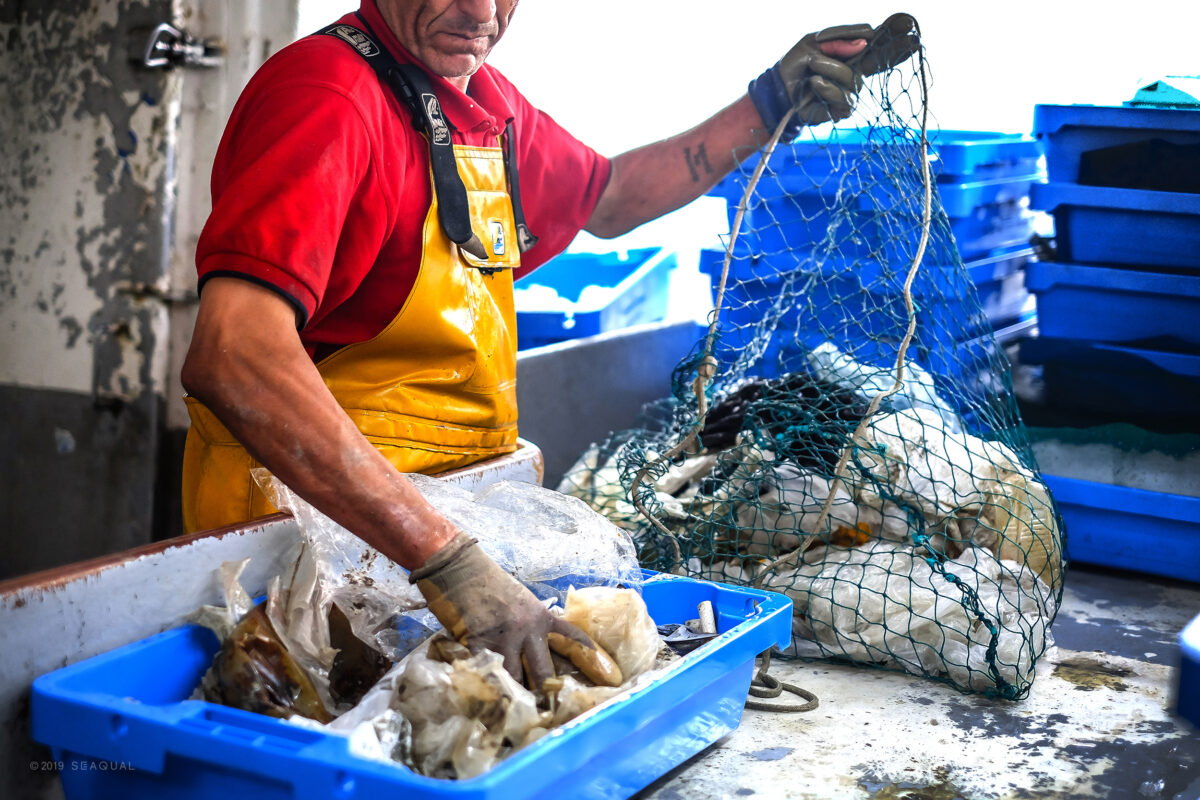
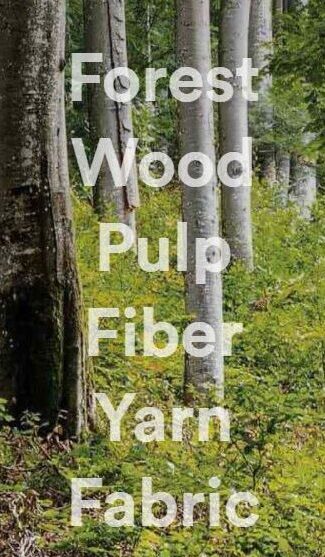
Finally, to answer Robert’s question:
Yes, we use 27% Polyester in our outdoor wear because we need the function that polyester brings to garments. We need the lightness and durability, we need the consistence and, since we are working with technical knits, we need the polyester fibers to lead the perspiration away from the skin and into the antibacterial Tencel.
Our cloths are 73% better today than most of our competitors, due to the use of Tencel. The 27% polyester we use is SeaqualYarn made from recycled ocean waste that would have otherwise stayed in the ocean, slowly degrading to microplastic or being eaten by sea living creatures. You could say that our use of polyester creates a cleaner ocean even though there will be leakages of microplastic from the 27% polyester we use.
The polyester we use is brought to shore by fishermen. By stimulating the new economy of paying for and recycling collected ocean waste we are actually making the ocean cleaner. You might also argue that our products have a positive impact as we remove more microplastic from the ocean than we release during machine wash of our products.
That said… this is not enough. We are constantly looking for, and testing new materials. The Goal, as previously stated, is to always improve. At the moment we are about to start testing a “plastic” material that is not made of fossil fuels and does not break down into microplastic over time. Hopefully we will be able to present our first 100% biodegradable functioning shirt before midsummer this year. More about that on another post…
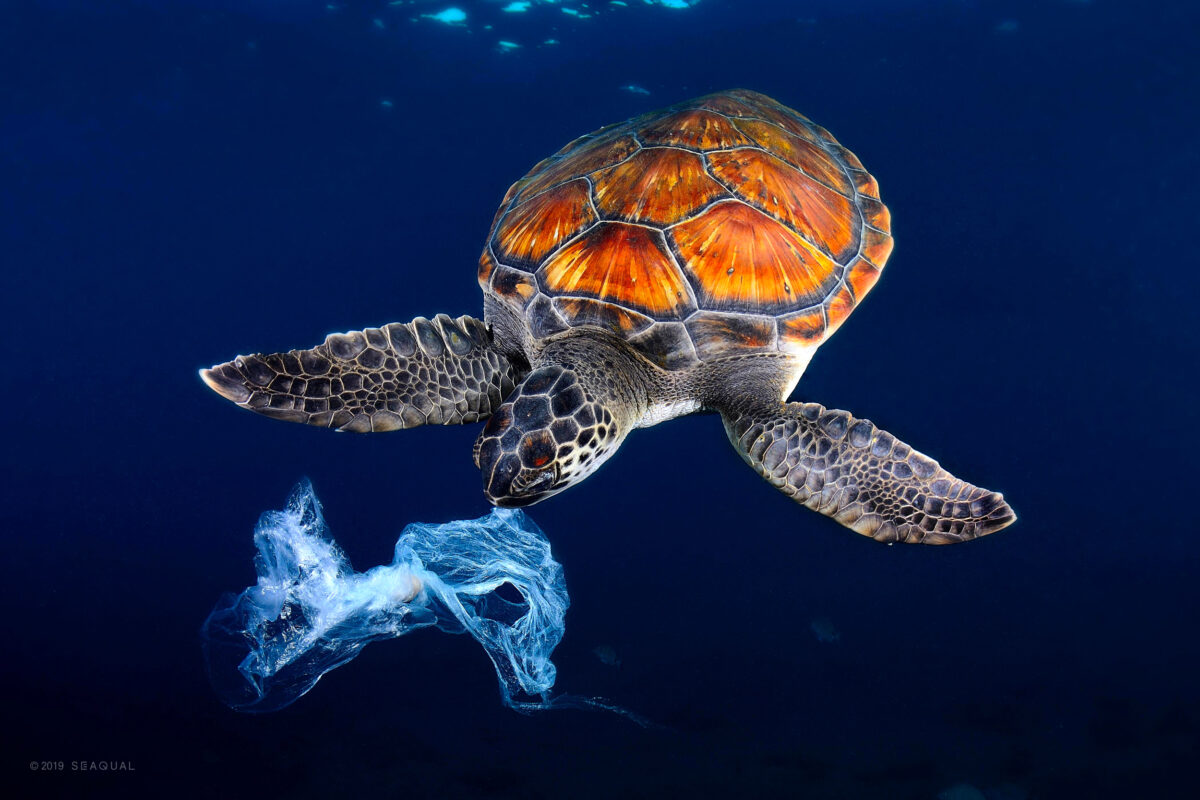
Stay Warm /emil

